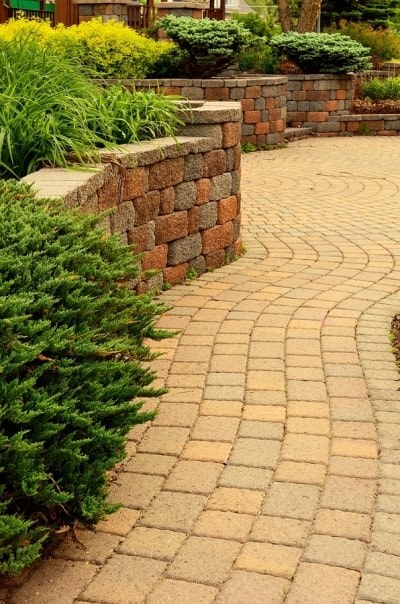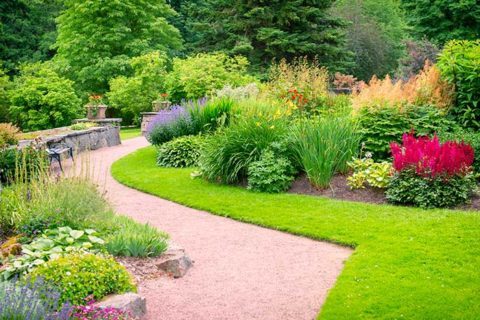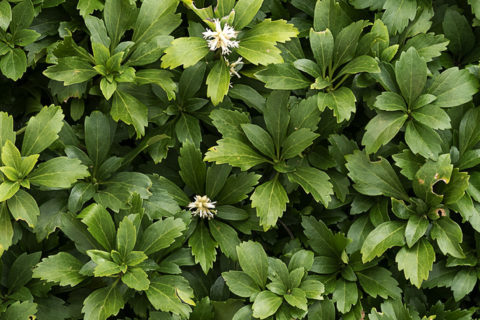Amazing Facts About Retaining Wall Design
Retaining walls are structures that hold back soil on one side, which can, for example, turn a single sloped area into 2 flat ones. If you’ve been told that adding a retaining wall to your landscape architecture in Westchester County could offer you many advantages, then you may be interested in discovering more about these hardscaping features. Continue reading to get the facts on retaining wall design.
The Benefits
There are a variety of reasons why adding a retaining wall to their landscape design can be advantageous for homeowners. One reason is for improved curb appeal, as adding a stone wall to your front yard landscaping can create more dimension and boost the visual appeal of your property. Retaining walls are also a smart solution for areas that are suffering from erosion. Finally, one of the most common reasons why homeowners choose to upgrade their landscaping with a retaining wall is to have more usable space. By installing a retaining wall, you can turn your sloped or uneven yard into 2 or more level areas.
The Styles
Retaining walls are versatile structures that can be built to accommodate the landscape and your goals. For example, if you would like to make your landscaping appear more dynamic, then building large, raised planting areas using retaining walls can be a great idea. Or, tiered retaining walls can be used to create a step-like change in grade across the land. Some of the more popular materials that are used in retaining wall styles like these are natural stone, brick, concrete, stone blocks, and boulders.
The Types
Retaining walls can be built in many different ways, and these techniques are what give many types of retaining walls their names. Some examples of these include stone and mortar, segmental, soil-strengthened, dry-laid, poured concrete, and sheet pile. Different types of retaining walls can each offer their own benefits and have unique aesthetic characteristics. Because not all types of retaining walls may be ideal for your landscaping goals, consider speaking with a hardscaping contractor to learn which type may be best for your project.

““


